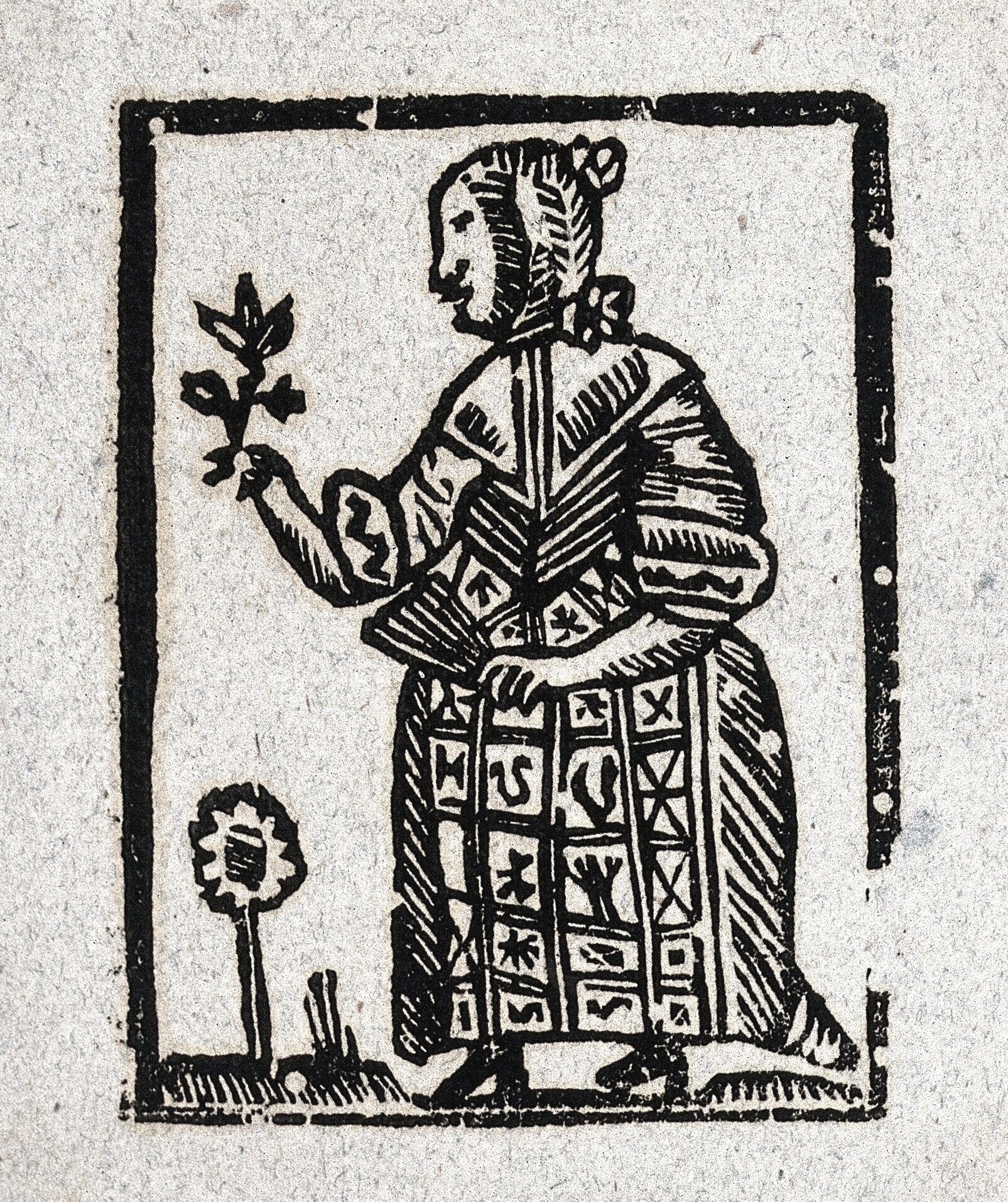
our history
The altar in St. Botolph’s church in Boston, Lincolnshire. Photo: David Dorfman
Founder and president emeritus Will Holton recalls how the Partnership of Historic Bostons began.
In the summer of 1998, I travelled from Boston, Massachusetts, to Boston, Lincolnshire. I met people interested in local history; our encounters educated me about the original Boston and its historical ties to the Boston here in Massachusetts. Alan Day, a Blue Badge guide and the mayor of Boston, Lincs., at the time, attended our meetings and began to plan a visit to Boston, Massachusetts, in August.
Mayor Day had suggested that we make the two Bostons sister cities. On his arrival in Massachusetts, he met Mayor Thomas Menino. Menino thought we already had too many sister cities. But as John Sears, one of our first trustees (and the last Republican city counselor in Boston), commented, “You can have many sisters, but only one mother.” So plans for a partnership went forward, and in the fall of 1999 the mayors of both Bostons signed an agreement to establish an organization linking the mother town and daughter city. In 2001 the two Boston mayors (now Mayor George Danby from the UK) met at the Parkman House and signed an official document. That’s how the Partnership of Historic Bostons came to be.
In Lincolnshire, it was led by Judy Cammack, a former Boston mayor. Boston, Lincolnshire, historian and author Neil Wright now leads it. In the U.S. Boston, early participants included John Sears, Leo Collins, Charles and Miriam Butts, Ralph Buonopane, Rose Doherty, Chris Peterson, and others.
The Boston “charter day” tradition, marking the naming of Boston, Massachusetts, on September 7, 1630, was started by the Massachusetts Historical Society and the Rappaport Foundation around 2000, with the Partnership playing a minor role for three years. We then took on a larger role, expanding the Boston charter day events each September. Every year, we select a new theme relating to the early colonial period and include all of the Massachusetts Bay Colony. Highlights include “We Are the Massachuset” on Native American legacies; ”Women in Early Massachusetts;” “Crime and Punishment in Early Massachusetts,” and “Survival: Boston 1630.”
From our beginning, we developed partnerships with larger organizations sharing similar interests and co-sponsoring programs, and providing venues, speakers, and exhibitions. We owe thanks to First Church Boston, The Bostonian Society, the Commonwealth Museum, the Congregational Library, the Boston Public Library, and other non-profits. Their collaboration allows us to mount impressive programs on small budgets. We are grateful to MassHumanities for past grants.
In England’s Boston today you can see the traces of the Puritan migration on markers outside its medieval church, St. Botolph’s. Among prominent Bostonians who made the journey and are memorialized here are John Cotton (whose pulpit is still in use today), Thomas Dudley, Simon Bradstreet, Isaac Johnson and his wife Arbella. As this post notes, the Pilgrims were also imprisoned in Boston on their way to Holland.
The threads connecting Boston, Lincolnshire, and Boston, Massachusetts, are bound closely indeed. We are proud to have a 20-year history of marking that connection and exploring its complex meaning for the many peoples of Massachusetts and beyond.
Have a look at this list of Boston, Lincolnshire, mayors from 1545 to the present

“I loved the easy conversation.”
participant, reading group

